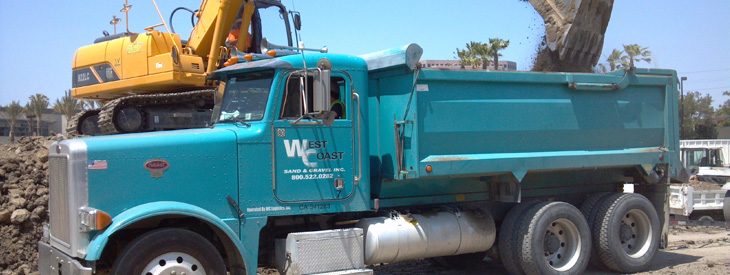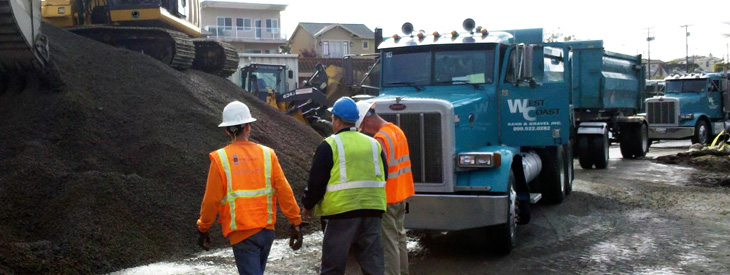

Any particle falling within this range of sizes is termed a sand grain. By another definition, in terms of particle size as used by geologists, sand particles range in diameter from 0.0625 mm (or 1⁄ 16 mm) a volume of approximately 0.00012 cubic millimetres, to 2 mm, a volume of approximately 4.2 cubic millimetres, the difference in volumes being 34,688 measures difference. The scientific Unified Soil Classification System used in engineering and geology corresponds to US Standard Sieves, and defines sand as particles with a diameter of between 0.074 and 4.75 millimeters. Components are primarily quartz, chert, igneous rock, and shell fragments. 50 billion tons of beach sand and fossil sand is used each year for construction. Desert sand, although plentiful, is not suitable for concrete. Sand is a non-renewable resource over human timescales, and sand suitable for making concrete is in high demand. Somewhat more rarely, sand may be composed of calcium sulfate, such as gypsum and selenite, as is found in places like White Sands National Park and Salt Plains National Wildlife Refuge in the U.S. For example, it is the primary form of sand apparent in areas where reefs have dominated the ecosystem for millions of years like the Caribbean. The composition of sand varies, depending on the local rock sources and conditions, but the most common constituent of sand in inland continental settings and non- tropical coastal settings is silica (silicon dioxide, or SiO 2), usually in the form of quartz.Ĭalcium carbonate is the second most common type of sand, for example, aragonite, which has mostly been created, over the past 500 million years, by various forms of life, like coral and shellfish. Sand can also refer to a textural class of soil or soil type i.e., a soil containing more than 85 percent sand-sized particles by mass.


Sand grains are smaller than gravel and coarser than silt. Sand has various compositions but is defined by its grain size. Sand is a granular material composed of finely divided rock and mineral particles. World Help is grateful for West Coast Sand and Gravel’s commitment to building a foundation of help and hope for vulnerable people around the world.Samples are from the Gobi Desert, Estonia, Hawaii and the mainland United States. They have helped fund a vocational school for South Sudanese refugees who have fled to Uganda and helped reconstruct Grace Children’s Home in Nepal, creating spaces where people’s lives are changed. Since then, West Coast Sand and Gravel has helped build better futures for people in places such as Uganda, India, Guatemala, and Nepal. The company first became involved with World Help in 2004. But despite the growth, West Coast Sand and Gravel has continued to prioritize giving back and caring for others. Those services range from construction aggregate materials, dirt import and export, construction, and environmental hauling. Built on a foundation of honesty, trust, safety, and stewardship, the company has developed a loyal base of customers and employees it now has locations across California and Arizona.Īlthough it began as a small company, it has grown over the past 49 years and now provides a variety of services. West Coast Sand and Gravel began in 1968 in Anaheim, California.


 0 kommentar(er)
0 kommentar(er)
